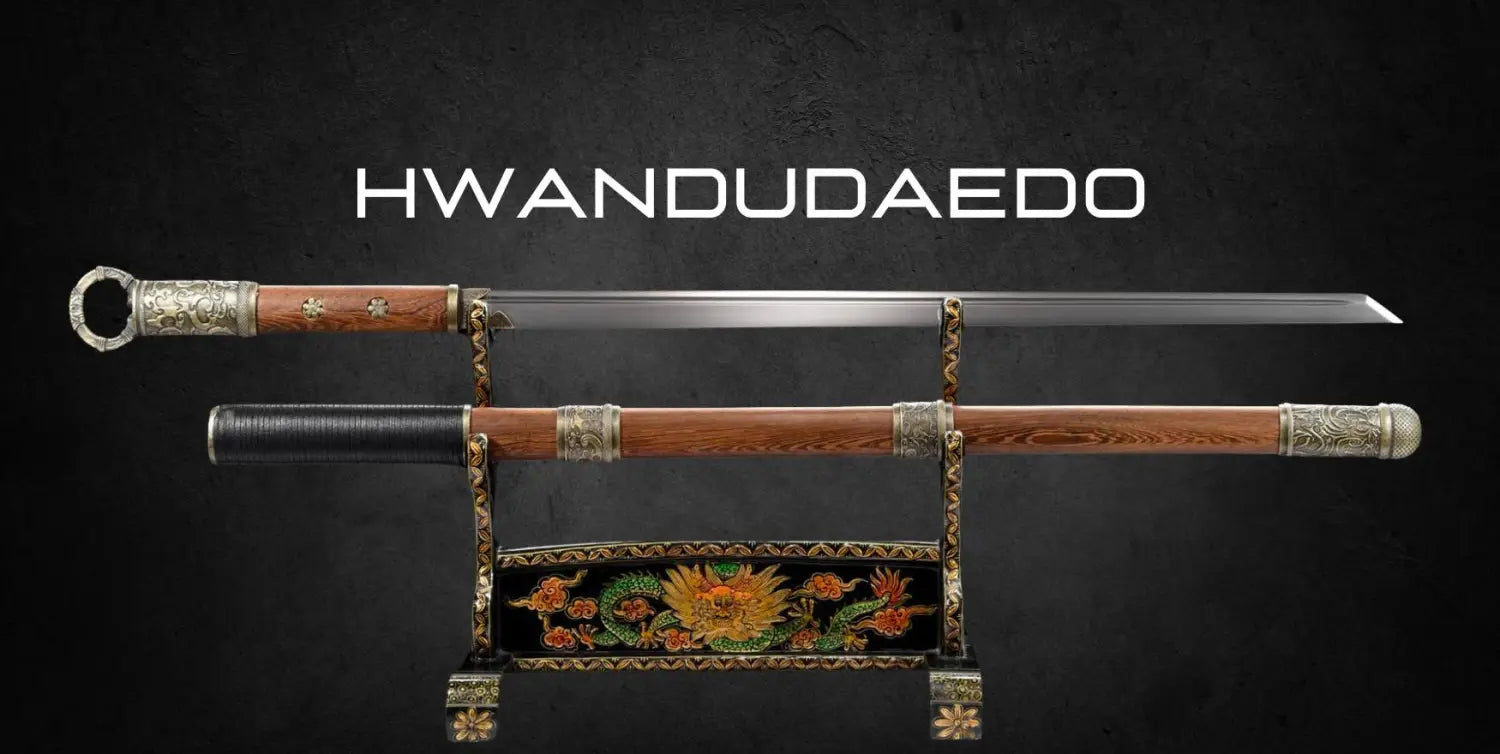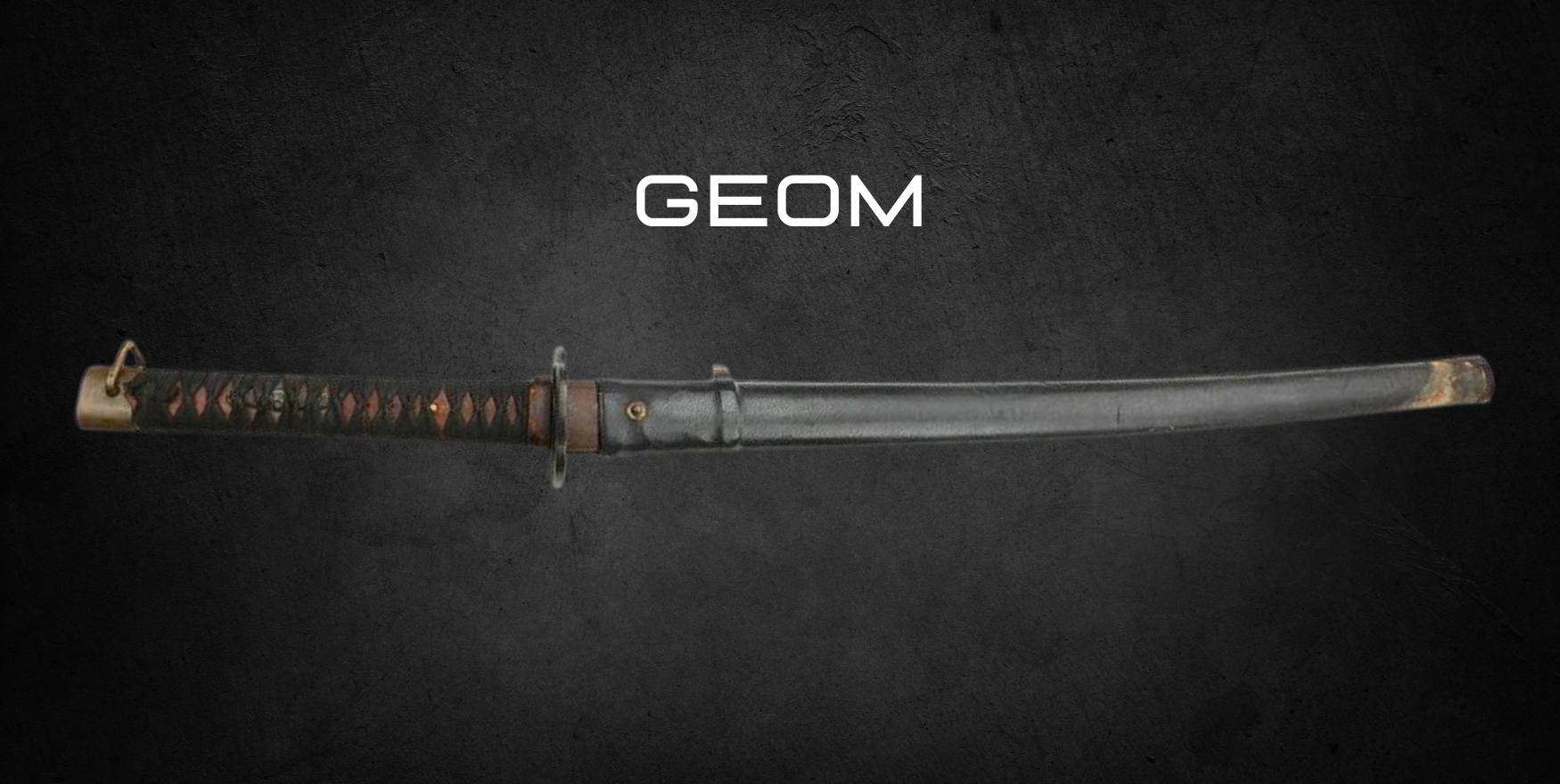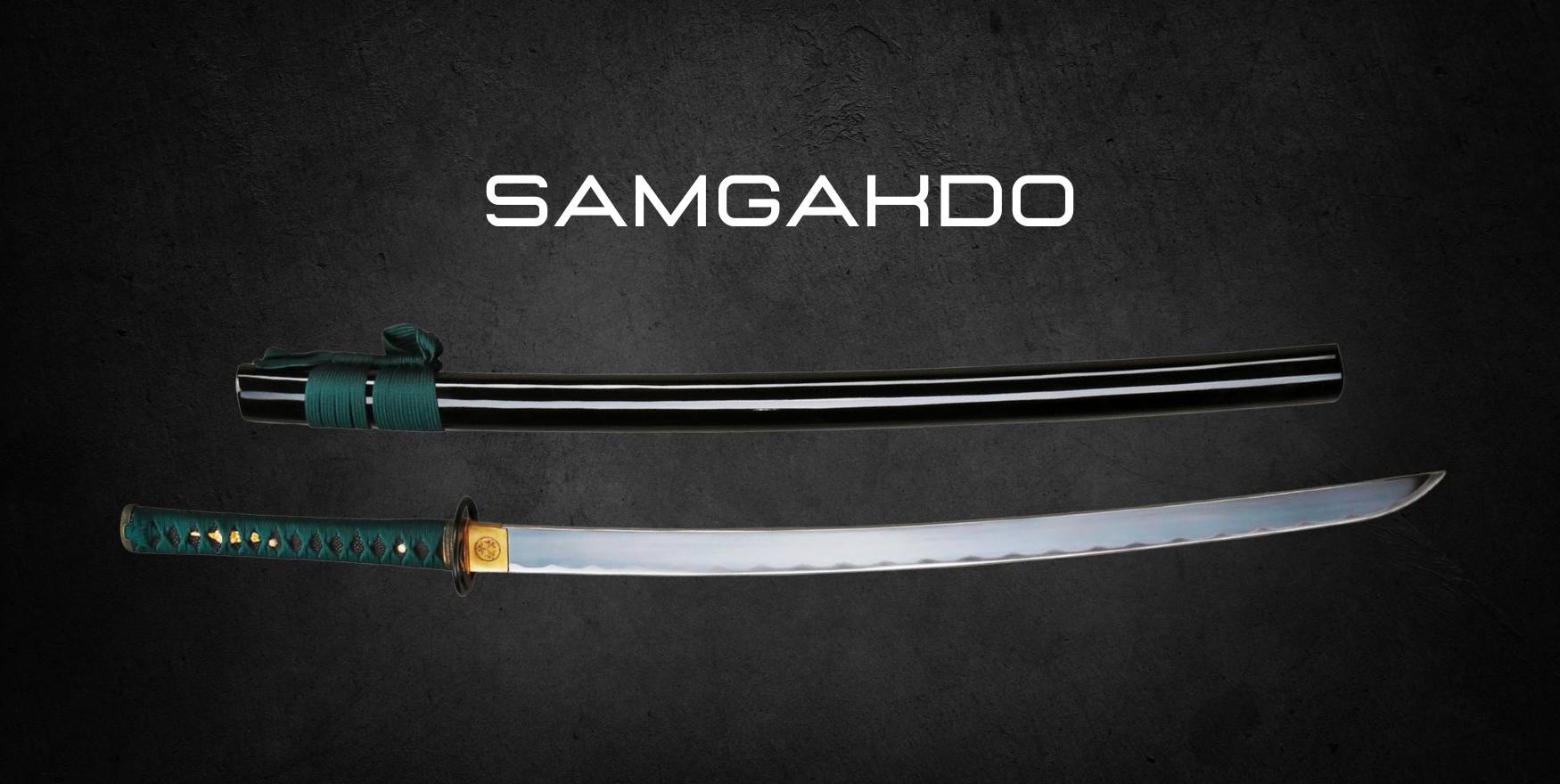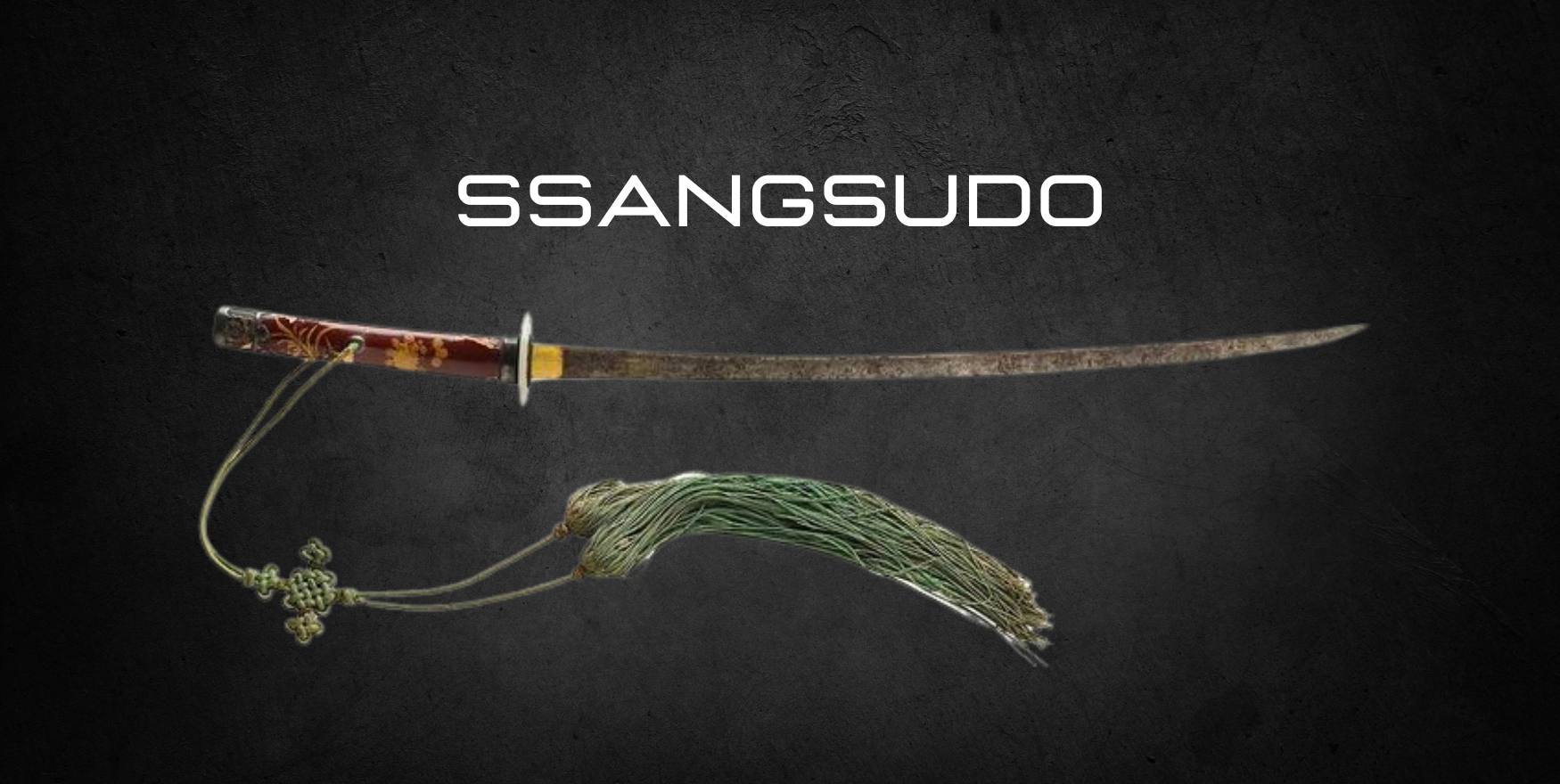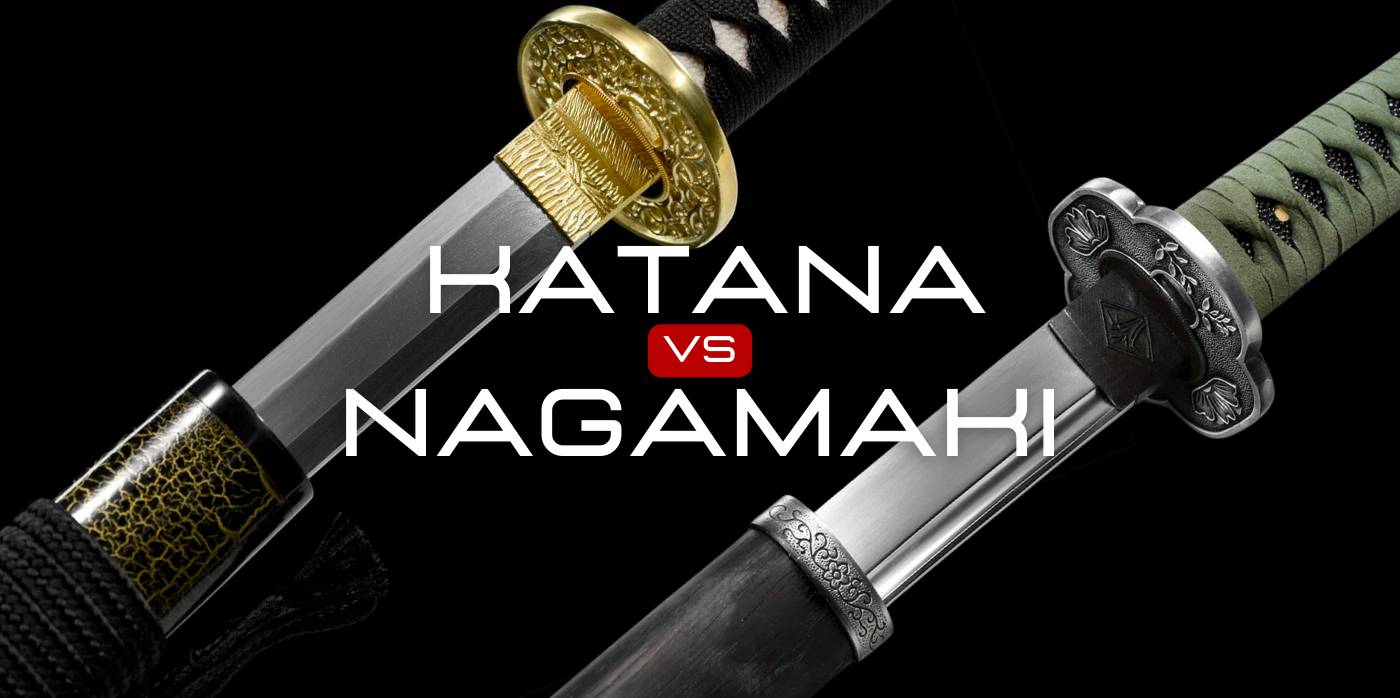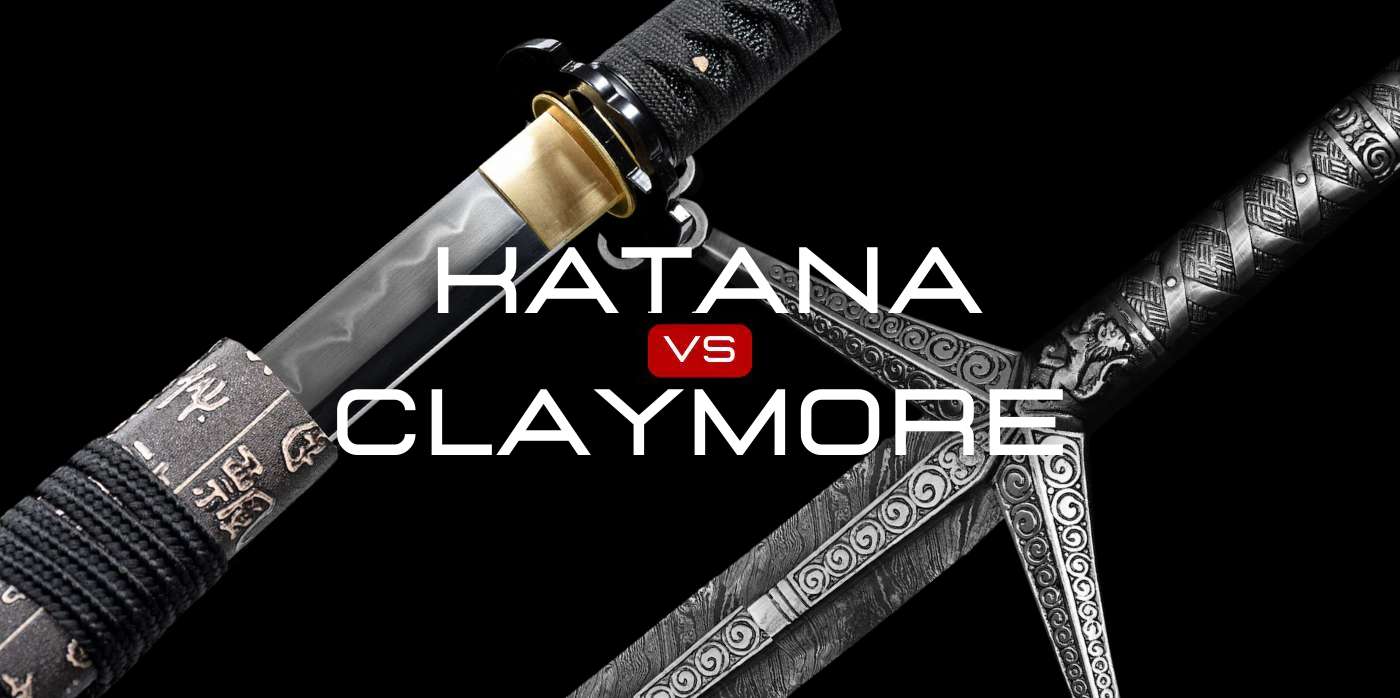Japan's influence on Korean swordmaking is a fascinating aspect of East Asian martial arts history, rooted in centuries of cultural exchange, conflict, and adaptation. This influence is most notably seen in the later periods of Korean history, particularly during the Goryeo and Joseon dynasties, when political and military interactions between Korea and Japan were at their peak.
-
Curved Blades: The most significant influence was the introduction and adoption of the curved blade design, characteristic of the Japanese katana. Korean swords traditionally had straighter blades, but with time, especially by the late Goryeo and early Joseon dynasty, there was a noticeable shift towards curved blades, which were more effective for cavalry and open-field battles.
-
Construction Techniques: Korean swordsmiths adopted Japanese methods of sword construction, including the folding of steel to create layered blades. This technique improved the strength, flexibility, and sharpness of the swords.
-
Tsuba (Sword Guard) Design: The design of the sword guard in Korean swords also saw influences from Japanese swordmaking. Korean sword guards became more ornate and incorporated designs that were prevalent in Japanese tsuba.
The interaction between Korean and Japanese swordmaking traditions underscores the complex history of these two cultures. It highlights not just the conflicts but also the shared heritage and mutual respect between Korean and Japanese martial traditions. This blend of techniques and styles has enriched the martial arts and craftsmanship of both nations.
Differences between Korean Sword and Katana
Korean Sword VS Katana Origins
Korean Sword (Hwandudaedo and Geom): The Korean Peninsula has a long history of sword making, with early examples dating back to the Three Kingdoms period (57 BC – 668 AD). Initially, these swords resembled the straight, single-edged hwandudaedo, evolving over centuries. By the time of the Goryeo and Joseon dynasties, Korean swordsmiths were producing the geom, a weapon influenced by interactions with neighboring cultures, yet distinct in its design and application.
Japanese Katana: The katana, with its distinctive curved blade, was developed during the Kamakura period (1185–1333) in Japan. It emerged as a response to the need for a weapon that could be drawn quickly and used effectively on horseback. Over time, the katana became not only a symbol of the samurai class but also a representation of Japanese artistry and spirituality in sword making.
Korean Sword VS Katana Design and Craftmanship
Blade Shape and Structure: The most noticeable difference between the two is the shape. The katana is renowned for its curved blade, designed for slicing, while traditional Korean swords, especially those from earlier periods, often feature a straighter edge, akin to early hwandudaedo swords. Modern Korean swords, however, have adopted curves similar to those of katanas but maintain unique aspects in their construction and balance.
Material and Forging Techniques: Both Korean and Japanese swordsmiths developed sophisticated steel-folding techniques to create blades of unparalleled sharpness and durability. The Japanese method of creating a katana involves a complex process of folding and hammering the steel, creating a blade with a hard edge and a softer spine for flexibility. Korean swords are also made from high-quality steel, with an emphasis on achieving a balance between hardness and resilience, though the specific techniques and philosophies behind their forging processes can vary.
Korean Sword VS Katana Martial Arts Association
Korean Martial Arts (Haidong Gumdo): Korean swordsmanship, known as Haidong Gumdo, focuses on the use of the sword with fluid, circular motions, and emphasizes meditation and the cultivation of the mind. Practitioners learn patterns, sparring, and cutting techniques designed to enhance physical ability, concentration, and character.
Japanese Martial Arts (Kenjutsu and Iaido): The martial arts associated with the katana, such as Kenjutsu and Iaido, concentrate on precise, controlled movements. Iaido emphasizes the smooth, controlled drawing of the sword from its scabbard, striking an opponent, removing blood from the blade, and then replacing the sword in the scabbard.
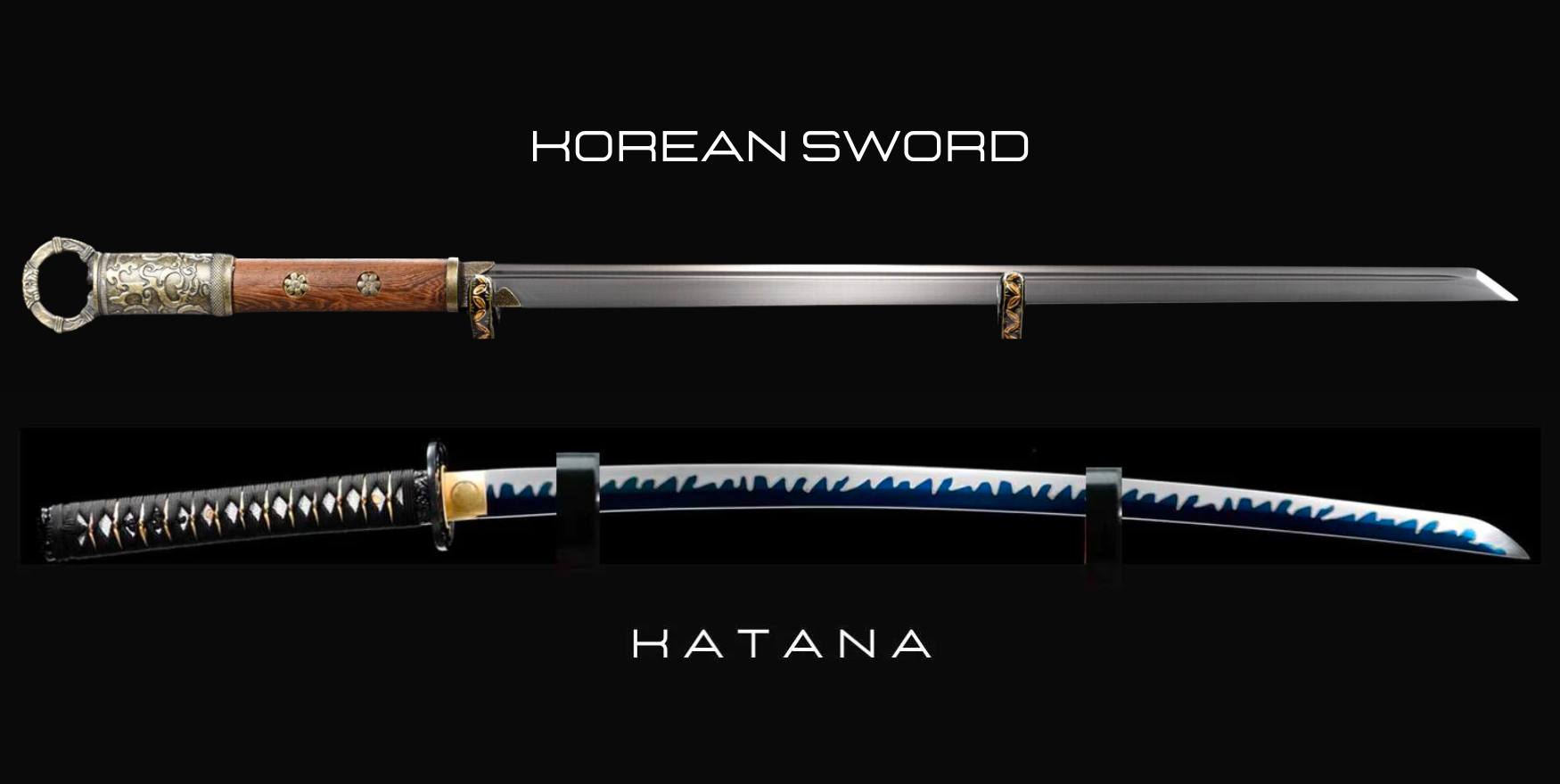
| Feature |
Korean Swords |
Katanas |
| Origin |
Korea |
Japan |
| Blade Curvature |
Varied; earlier swords were straighter, later models adopted a curve |
Distinctively curved |
| Blade Length |
Varied lengths, from short to long |
Typically longer and standardized |
| Construction |
Traditionally single-layered; later influenced by folding techniques from Japan |
Multi-layered steel, folded and forged |
| Cross-section |
Varies; often wider and flatter |
Thinner and more tapered towards the point |
| Tang (Nakago) |
Often straight |
Curved to match the blade |
| Guard (Tsuba) |
Smaller and less ornate; influenced by Chinese and Japanese designs |
Often larger and highly ornate |
| Usage |
Varied usage including military and ceremonial |
Primarily used by the samurai class for battle and ritual |
| Cultural Significance |
Integral to Korean martial culture and history |
Central to Japanese samurai culture and Bushido code |
| Martial Arts Association |
Associated with Haidong Gumdo and other Korean martial arts |
Associated with Kendo, Iaido, and other Japanese martial arts |
